In the stream near the hotel there was another Anole, perhaps the most interesting of all the species here and certainly unique. It was the Cuban Stream Anole Anolis vermiculatus. It is endemic to Cuba and found only in Pinar del Rio in the Cordillera de Guaniguanico. It is semi-aquatic and only found near streams usually in deep shade and so is not easy to photograph. I had to use flash to get any pictures at all. They are very wary and will jump into the water at the slightest disturbance. They can either stay submerged or run bipedally across the surface on their hindlegs to escape. Alternatively called the ‘crocodile anole’ they even have a tooth pattern along the sides of the jaw! They feed on fish, crustacea and aquatic insects as well as fruit. They don’t possess a dewlap and so males display using head-bobbing movements. The photo on the right looks as if it might be a pregnant female - either that or it had a very large breakfast!
|
Our final day had arrived and we had just the morning left to explore before heading off for the airport. In the stream near the hotel there was another Anole, perhaps the most interesting of all the species here and certainly unique. It was the Cuban Stream Anole Anolis vermiculatus. It is endemic to Cuba and found only in Pinar del Rio in the Cordillera de Guaniguanico. It is semi-aquatic and only found near streams usually in deep shade and so is not easy to photograph. I had to use flash to get any pictures at all. They are very wary and will jump into the water at the slightest disturbance. They can either stay submerged or run bipedally across the surface on their hindlegs to escape. Alternatively called the ‘crocodile anole’ they even have a tooth pattern along the sides of the jaw! They feed on fish, crustacea and aquatic insects as well as fruit. They don’t possess a dewlap and so males display using head-bobbing movements. The photo on the right looks as if it might be a pregnant female - either that or it had a very large breakfast! We also looked again for the adults of Perching Saliana Saliana esperi soroa, without success this time, but whilst we were looking I heard a whoop of excitement from Rayner not far away. He had found a skipper larva in a leaf fold on a low plant and didn’t recognise it. Further searches produced several more in a small area. A couple were retained for breeding through and this confirmed that they were indeed, as Rayner had suspected, Saliana esperi. This is the first time that larvae have ever been found in Cuba. The plant was Costus spiralis (Costaceae) which is not native in Cuba, being an introduction from Central America. This raises the question - was it brought in to the country originally on this foodplant? The Cuban subspecies S. e. soroa differs from those on the continent which perhaps indicates that it has been here a considerable time. Or is there another native foodplant still to be discovered? The feeding damage on some of the leaves was very distinctive looking as if they had simply been cut off at the end with a pair of scissors! We also had fabulous views of a Red-striped Leafwing Siderone galanthis by the bridge below the hotel entrance. It flew round slowly at close range below eye level for about half a minute but only settled once very briefly so no pictures unfortunately. What a fabulous end to our two week trip! We will certainly come to Soroa again and the only question is how long to stay, it will have to be for at least a week and maybe longer. Our thanks again to Rayner and our drivers Duviel and Vollo for making it so enjoyable.
0 Comments
Leave a Reply. |
Welcome to our Blog
Here we will post interesting news about what we and others have seen in Cuba. Archives
July 2024
Categories |
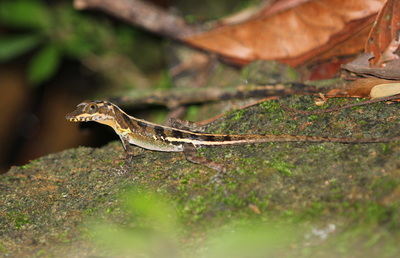
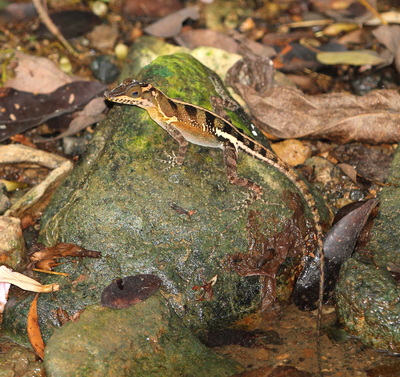
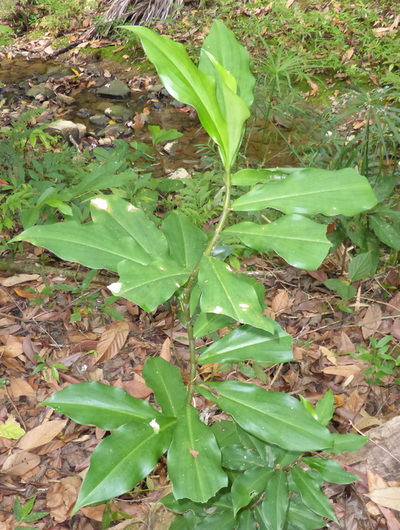
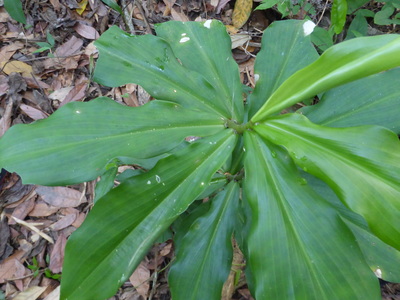
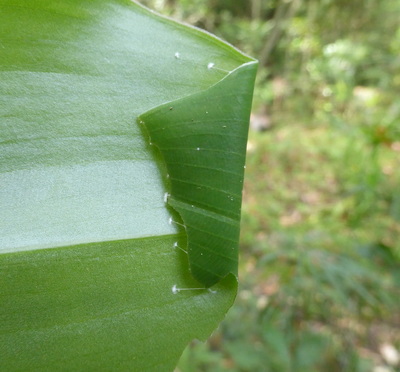
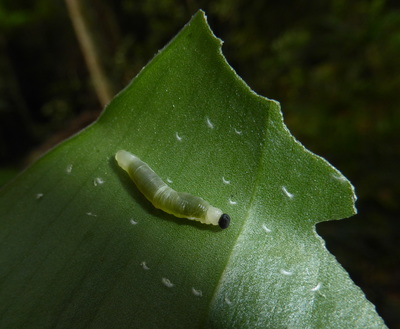
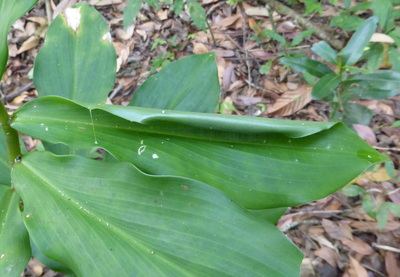
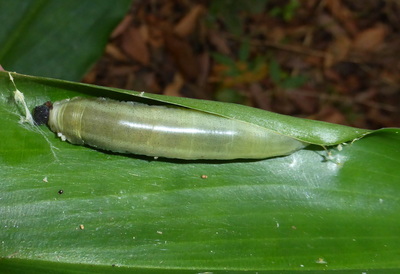
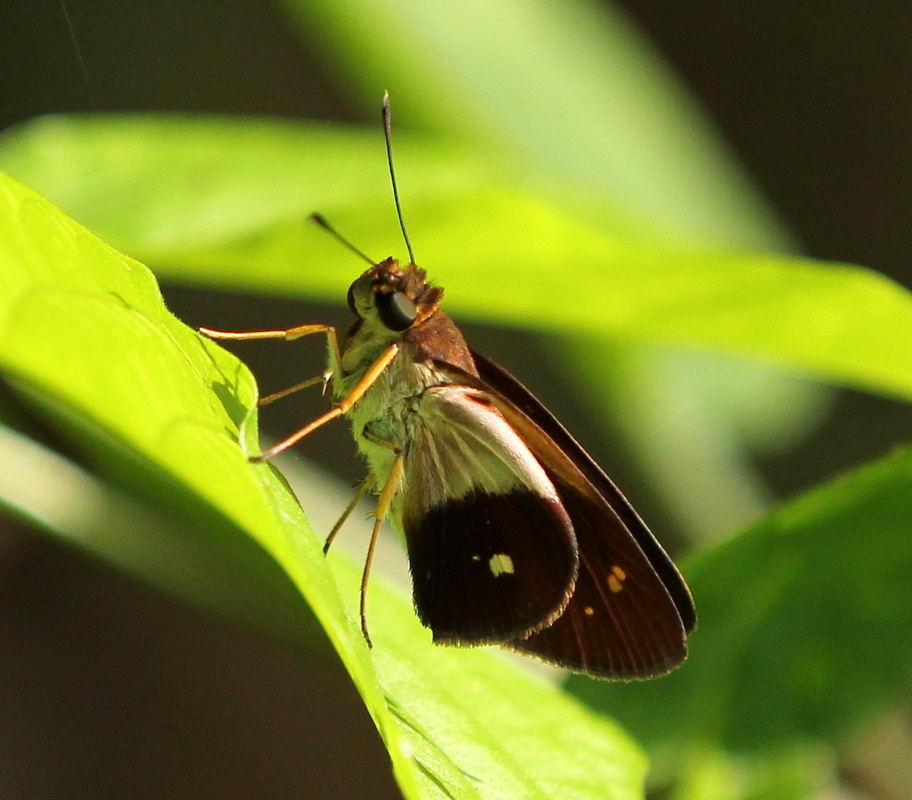
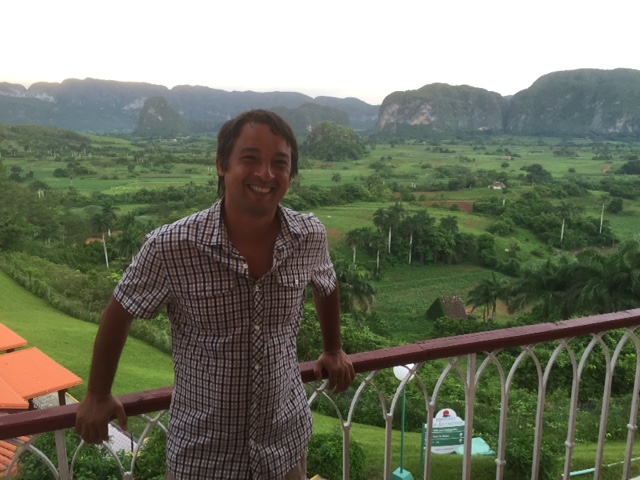
 RSS Feed
RSS Feed